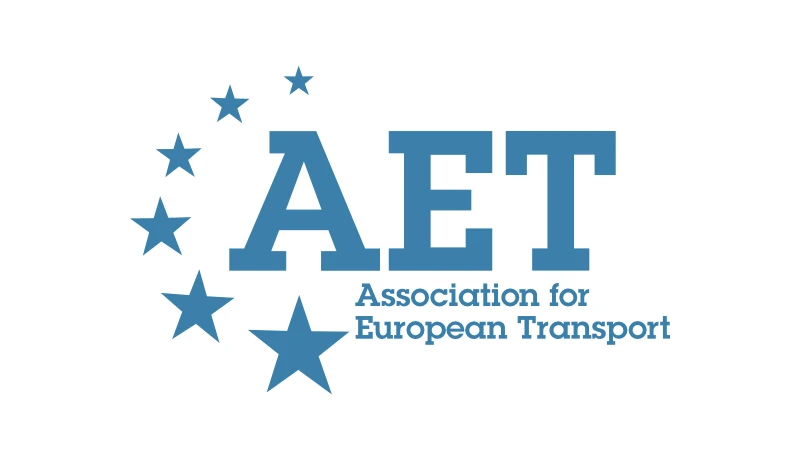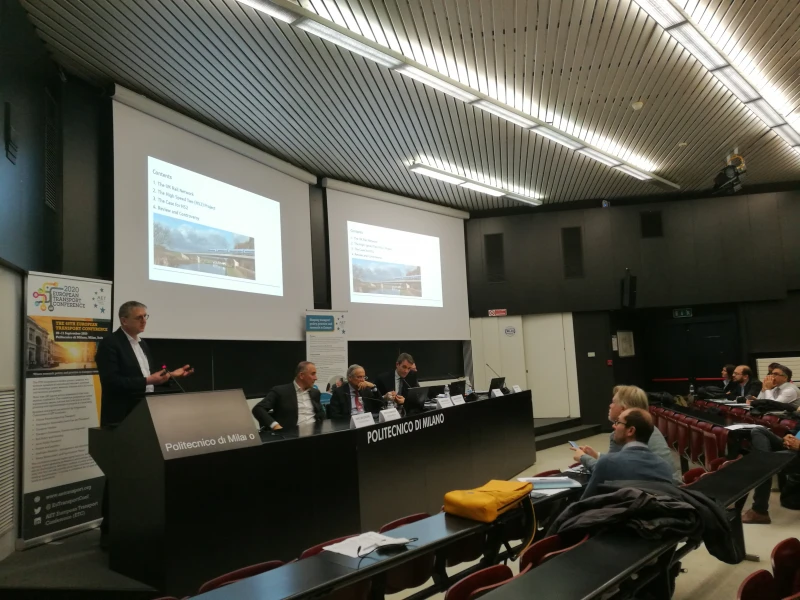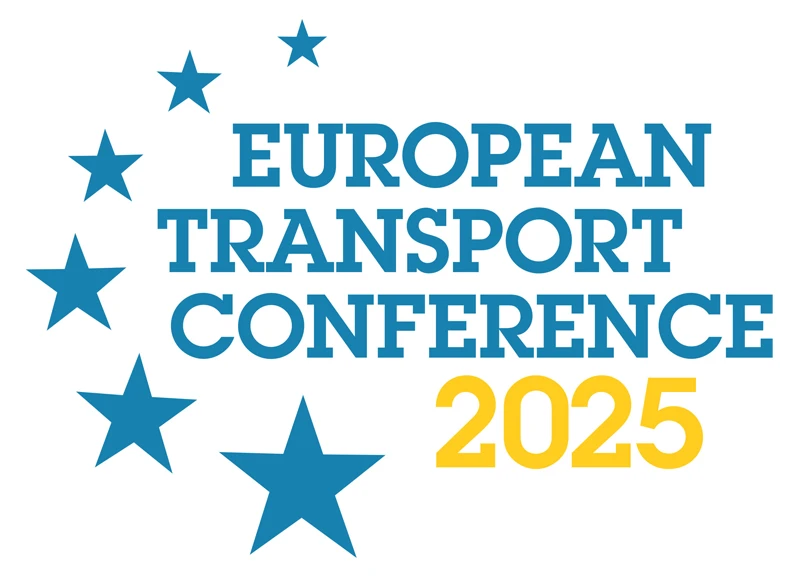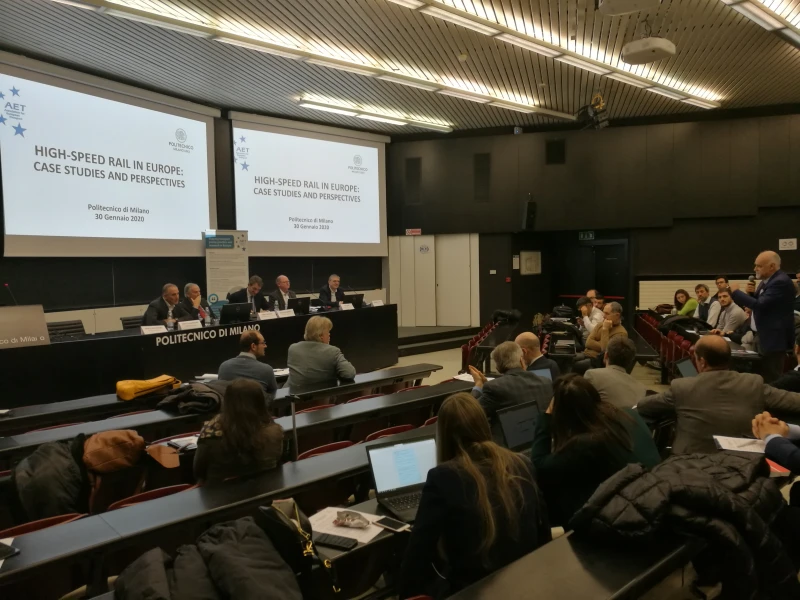-
Past ETC Papers
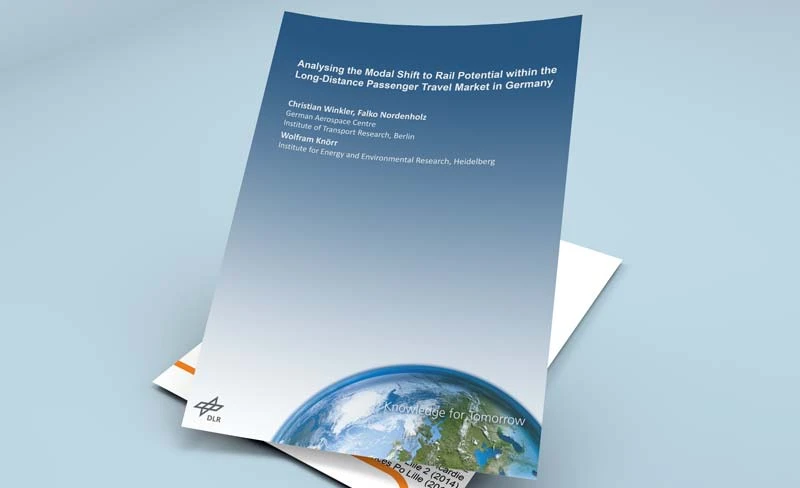
Browse, search and view papers from the past AET Conferences.
-
Members' Area
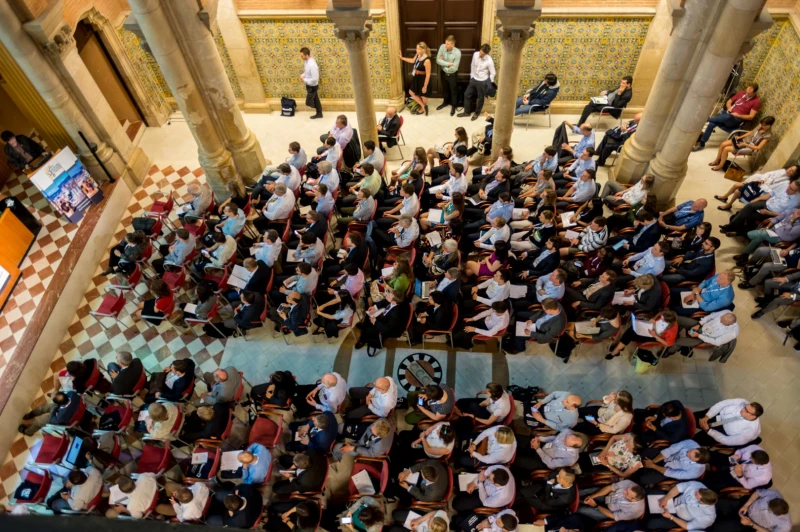
AET promotes networking and exchange of ideas, information and opportunities amongst members.
Conference Papers 2024
Antwerp, Belgium
ETC Conference Papers 2024
How the UK’s Department for Transport uses futures thinking and foresight techniques to support decision making.
Seminar
Day 1 (18 Sep 2024), Session 3, Mobility & Decision-making, 16:00 - 18:00
Status
Accepted, documents submitted
Submitted by / Abstract owner
Annette Smith
Authors
Samuele De Guido, Department for Transport (presenter)
Annette Smith, Mott MacDonald (presenter)
Short abstract
Since 2019, the UK’s Department for Transport (DfT) has been adopting ‘futures thinking’ into their decision-making processes. This paper will highlight how futures techniques have been used to engage stakeholders to support robust decisions.
Abstract
Today, the world is rapidly changing across social, economic , political, cultural, technological and environmental fronts. In transport, the Covid-19 pandemic has illustrated to policymakers worldwide how assumptions can change around how the future may develop. We see substantial uncertainty around how many people will work or undertake business from home, alongside the degree to which online shopping will replace traditional shopping practices and their implication to productivity, behaviour, economy and others. As a result, it is not yet clear whether people will move back to public transport or whether they will continue to prefer driving – and whether and how such trends will be driven by new services or technologies, often enabled by digitalisation, such as Mobility as a Service (MaaS) or Automated Vehicles (AV). All of these factors may influence where people choose to live and work. Great uncertainty has therefore been introduced into the transport system and this impacts long term and costly investment decisions.
Thinking about the future is therefore not a ‘nice to have’ anymore. It is a critical need if we want to build an effective, efficient, and responsive transport system able to support changes and quickly adapt to future uncertainty. However, a shift in mindset is necessary to successfully embed ‘future thinking’ into the organisational culture.
In response to this rapidly changing context, the Department for Transport (DfT) in the UK has launched in 2019 a Futures programme. Its purpose is to embed ‘futures thinking’ into DfT strategy, policy and investment decision-making in order to make their process more robust and their decisions more resilient to future uncertainty. The programme is complements the already established analytical approach in the department through providing DfT with broader narratives around a range of possible futures that purely analytical approaches (e.g. forecasts or cost-benefit analyses) might unintentionally miss.
Futures studies is not a new subject per se. However, the uniqueness offered in this paper is the pioneering approach of the department to systematically include this workstream in the decision process through the policy cycle. So far, the Futures programme has enabled DfT to use a range of futures studies and foresight techniques to open up discussions with stakeholders about trends and uncertainty across a range of different policy areas. DfT has found that ‘futures thinking’ is a powerful approach to contribute to unlocking complex problems in an increasingly uncertain world.
This paper will discuss how DfT has used qualitative participatory approaches to engage stakeholders to support robust decision making. The paper will include how the following future and foresight techniques have been applied to different transport case studies:
7 Questions: This is an interview technique developed by Shell in the 1970s for gathering strategic insight about measures of success, critical uncertainties, risks and concerns, as well as possible interventions. These interviews are conducted with subject matter experts to elicit information as part of horizon scanning and is often an early step in a Futures project.
PESTLE: A key part of Futures studies is to understand and gather information on uncertainties that may impact the future through a structured approach. Working collaboratively with a diverse range of stakeholders, PESTLE is used to elicit uncertainties across Political, Economic, Social, Technology, Legal and Environmental dimensions to understand what will impact future success and the decisions needed to navigate to a better transport future.
Scenario planning and development: Building on PESTLE, scenarios describe potential futures based on uncertainties to help decision-makers better imagine future conditions and test the robustness of policy and investment decisions. They are not forecasts, but rather represent a wide range of possible future states. They can be described using qualitative narratives, quantitative data, or a mix of both.
Three Horizons Framework: Three Horizons is a tool for thinking about future uncertainties and transformation. It is used in workshops to encourage discussion and insights into transformational change and identify challenges and opportunities that may be encountered through the future to reach a shared vision.
Through presenting exemplary case studies , this paper will bring to life these techniques and approaches adopted, the lessons learnt, the impact these approaches have had on DfT policy and the training and capability building now being taken to further embed a futures culture across the organisation.
Programme committee
Global Trends Impacting Transport
Topic
Transport planning analysis and models
Documents:

Association For
European Transport
Forester House
Doctors Lane
Henley-in-Arden
Warwickshire, UK
B95 5AW
+44 (0) 15 64 793552
VAT number: 710 1866 64
Conference Supporters & Endorsers

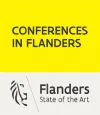


Legal Entity
The Association for European Transport is registered as an Association ('vereniging') with the Chamber of Commerce for Haaglanden in The Netherlands under company number 27170096.
Built on Zenario

